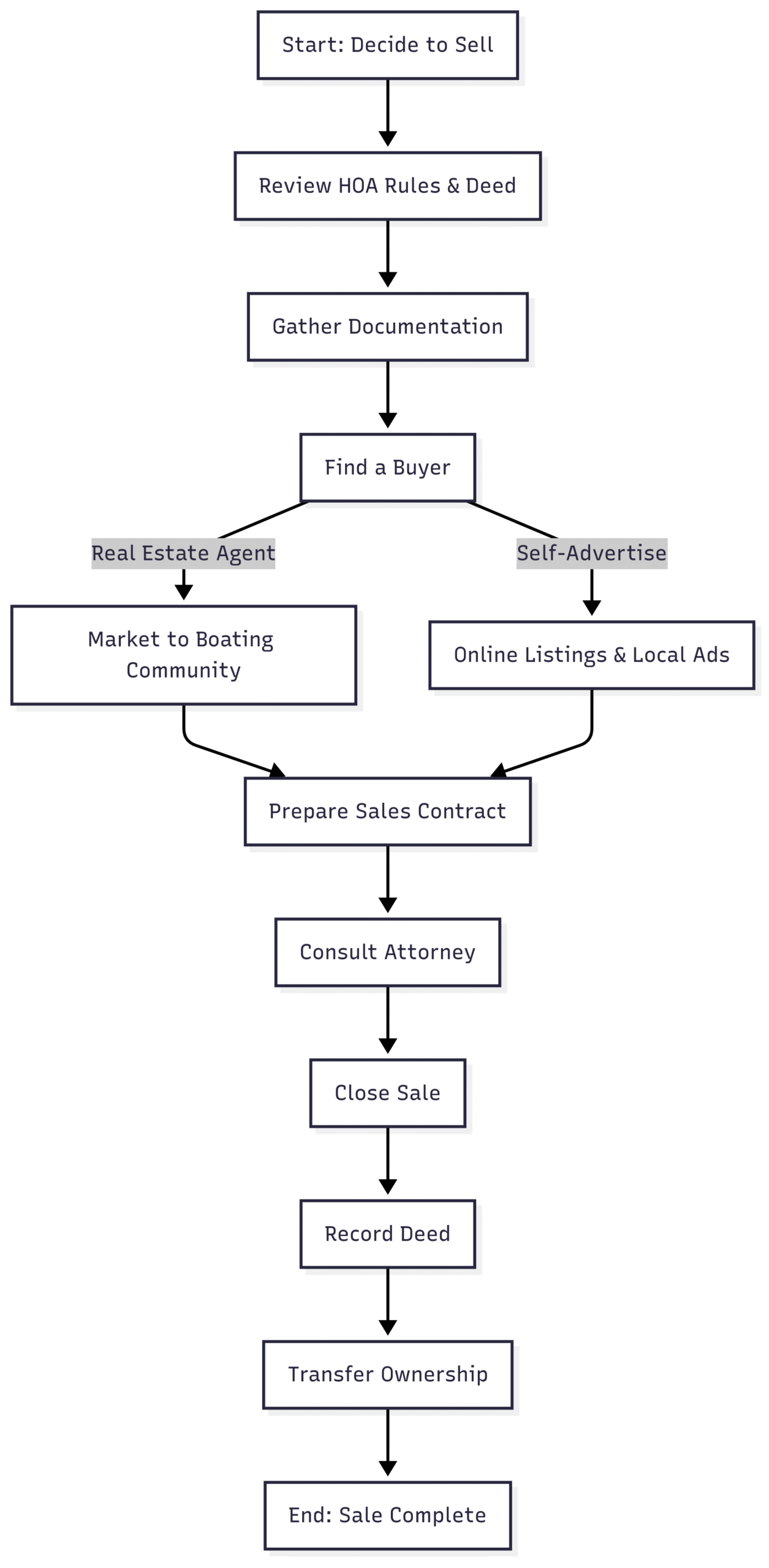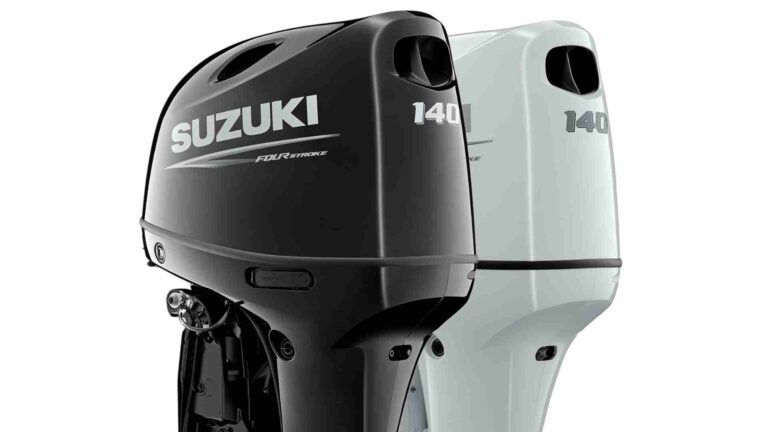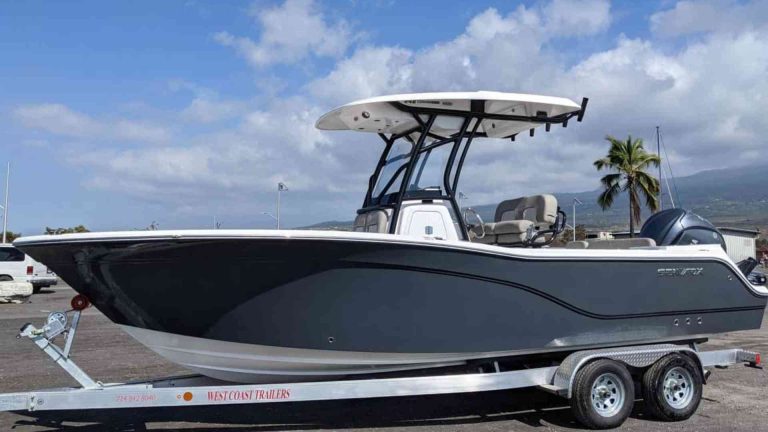Deeded Dock and Boat Slip Sales in Florida
Deeded boat slips in Florida represent a unique segment of real estate, offering owners the ability to buy, sell, or transfer these valuable assets independently of other properties. Unlike assigned slips, which are tied to specific properties like condominiums, deeded boat slips are standalone real estate with their own tax ID and deed. This guide explores the intricacies of selling deeded boat slips in Florida, covering legal considerations, the transfer process, pricing strategies, and practical tips for a successful sale. Whether you’re a boat owner looking to sell or a prospective buyer, understanding the nuances of deeded boat slips is essential for navigating this niche market.
Understanding Deeded Boat Slips
A deeded boat slip is a piece of real property, legally distinct from other properties, such as a condominium or home. It comes with a separate deed and tax ID, allowing it to be sold, transferred, or mortgaged independently. This is in contrast to assigned boat slips, which are often linked to a specific property and cannot be sold separately. The ability to treat a deeded boat slip as real property makes it an attractive investment, particularly in Florida, where waterfront access is highly valued.
However, the sale of a deeded boat slip is not without restrictions. Homeowners’ Associations (HOAs) or condominium associations may impose rules, such as requiring the buyer to own or rent a unit within the complex. Additionally, local regulations or the original deed may outline specific transfer procedures or limitations on rentals. Reviewing these documents thoroughly is critical to ensuring a smooth transaction.
Legal Considerations in Florida
Florida’s laws governing deeded boat slips are specific and complex, often tied to condominium declarations and state tax regulations. Below are key legal aspects to consider:
Condominium Declarations and Restrictions
In many cases, deeded boat slips are classified as limited common elements within a condominium declaration. This designation subjects them to specific rules outlined by the association, such as restrictions on who can purchase the slip or whether it can be rented out. For example, some associations mandate that buyers must own a unit within the complex, as seen in the case of the customer who inquired about selling their dock. Failing to comply with these rules can delay or prevent a sale.
State Tax Laws
The sale of a deeded boat slip in Florida is subject to sales and use taxes, as well as discretionary sales surtaxes. The maximum tax payable on a boat slip sale is capped at $18,000, which includes all applicable taxes. Sellers must factor these taxes into their pricing strategy to avoid unexpected costs. Consulting with a tax professional can help clarify the tax implications and ensure compliance.
Deed Transfer Process
Transferring ownership of a deeded boat slip involves several steps:
- Preparing a New Deed: The deed must include the current owner’s and buyer’s information, along with a legal description of the boat slip.
- Signatures and Notarization: Both parties must sign the deed in the presence of a notary public to validate the transaction.
- Recording the Deed: The new deed must be filed with the county clerk’s office in the county where the boat slip is located. This step finalizes the transfer of ownership.
Additional fees may apply during the recording process, so sellers should budget accordingly. Consulting a real estate attorney is advisable to ensure all legal requirements are met.
Pricing Deeded Boat Slips in Florida
Pricing a deeded boat slip requires careful consideration of several factors, including location, size, amenities, and market demand. The table below provides an estimated price range for deeded boat slips in Florida compared to other states:
| State | Price Range |
|---|---|
| Florida | $20,000 – $500,000+ |
| Ohio | $10,000 – $100,000+ |
| Georgia | $10,000 – $150,000+ |
| Texas | $10,000 – $200,000+ |
Factors Influencing Price
- Location: Boat slips in prime locations, such as Fort Lauderdale’s Intracoastal Waterway or marinas with quick ocean access, command higher prices. For example, slips in popular areas like Marina Bay off Las Olas are highly sought after.
- Size: Larger slips that accommodate bigger vessels are more expensive. A slip suitable for a 35-foot boat will typically cost less than one for a 50-foot yacht.
- Amenities: Slips with electricity, water, security, or boat lifts are more valuable. Highlighting these features can justify a higher asking price.
- Market Demand: High demand in areas with limited slip availability can drive prices up. Conversely, an oversupply may lower values.
- Market Trends: Recent increases in boating activity or real estate appreciation in Florida can influence slip prices. Working with a professional appraiser can provide insight into current trends.
Sample Pricing Strategy
To set a competitive price, research comparable boat slips in the same marina or nearby areas. For instance, a 40-foot deeded slip in Fort Lauderdale with electricity and water might be priced at $150,000, while a similar slip in a less desirable location could sell for $80,000. Engaging a real estate agent with marina expertise can help determine a fair market value.
The Process of Selling a Deeded Boat Slip
Selling a deeded boat slip in Florida involves a structured process to ensure compliance with legal and association requirements. Below is a step-by-step guide:
- Review HOA and Deed Restrictions:
- Obtain and review the condominium association’s bylaws, covenants, conditions, and restrictions (CC&Rs), and the boat slip’s deed.
- Confirm whether the slip can be sold independently or if the buyer must own a unit in the complex.
- Check for restrictions on rentals or specific transfer procedures.
- Gather Documentation:
- Collect the boat slip’s deed, proof of ownership, and records of paid taxes, fees, and assessments.
- Ensure all documents are up-to-date to streamline the sale process.
- Find a Buyer:
- Engage a real estate agent specializing in marina transactions to tap into their network of potential buyers.
- Alternatively, advertise the slip through online marketplaces, local listings, or boating community networks.
- Highlight the slip’s features, such as size, amenities, and proximity to ocean access.
- Prepare a Sales Contract:
- Draft a contract that includes the purchase price, closing date, and any contingencies (e.g., buyer approval by the HOA).
- Consult a real estate attorney to ensure the contract complies with Florida laws and addresses all necessary terms.
- Close the Sale:
- Fulfill all contract conditions, such as providing the buyer with required documentation.
- Record the new deed with the county clerk’s office to finalize the transfer.
- Ensure the buyer registers the slip with the appropriate state authorities.
Chart: Deeded Boat Slip Sale Process
Below is a flowchart illustrating the steps to sell a deeded boat slip in Florida:

Pros and Cons of Selling a Deeded Boat Slip
Pros
- Transferable Ownership: Deeded slips can be sold independently, offering flexibility to owners.
- Tax Benefits: Owners may qualify for tax deductions similar to those for other real estate, such as condos.
- Investment Potential: With prices ranging from $20,000 to over $500,000, deeded slips can appreciate in value, especially in high-demand areas.
Cons
- Legal Restrictions: HOA rules or local regulations may limit who can buy or how the slip can be used.
- Agent Costs: Hiring a real estate agent incurs commission fees, though selling privately can avoid this.
- Complex Transfer Process: Preparing and recording a deed requires careful attention to legal details, often necessitating professional assistance.
Tips for a Successful Sale
To maximize the chances of a successful sale, consider the following strategies:
- Price Competitively:
- Research comparable slips in the area to set a realistic price.
- Factor in taxes and transfer fees when determining the asking price.
- Market Effectively:
- Use multiple channels, such as online classifieds, social media, and boating forums.
- Hire a real estate agent with experience in marina transactions to reach qualified buyers.
- Highlight Amenities:
- Emphasize features like electricity, water, security, or boat lift availability.
- Provide photos or videos showcasing the slip’s condition and surroundings.
- Ensure Accessibility:
- Arrange for potential buyers to view the slip easily, such as through open houses or private tours.
- Ensure the slip is clean and well-maintained to make a positive impression.
- Be Responsive:
- Respond promptly to inquiries and be available to answer questions.
- Build trust by providing transparent information about the slip and its restrictions.
- Consider Financing:
- Offering financing options can attract more buyers, especially in a niche market.
- Consult with a financial advisor to structure favorable terms.
Florida-Specific Considerations
Florida’s unique position as a boating hub, often called the “Venice of America” in areas like Fort Lauderdale, makes deeded boat slips highly desirable. However, the market is competitive, with only a small percentage of condo buildings offering dockage. For example, Marina Bay off Las Olas and The Tower at Port Royale provide deeded or assigned slips, but availability for larger vessels (over 35 feet) is limited. Buyers often seek slips with quick ocean access, which can significantly increase value.
Association Rules
Condo associations in Florida vary widely in their rules. Some allow boat lifts, while others prohibit them. Lease rates for slips, when not deeded, range from $1.50 to $10.00 per foot per month, a bargain compared to local marinas charging $20 to $80 per foot. Understanding these nuances is critical when marketing a slip.
Finding the Right Buyer
Given the niche market, targeting boat owners or investors familiar with Florida’s waterfront lifestyle is key. A local real estate agent with a database of condos with boat slips can help identify qualified buyers and navigate association rules.
Conclusion
Selling a deeded boat slip in Florida is a viable option for owners looking to capitalize on their investment, but it requires careful planning and adherence to legal and association requirements. By understanding the deed transfer process, pricing the slip competitively, and marketing it effectively, sellers can achieve a successful transaction. Consulting with real estate professionals and attorneys ensures compliance with Florida’s regulations and maximizes the slip’s value. Whether you’re selling a slip in Fort Lauderdale’s bustling marinas or a quieter coastal area, this guide provides the tools to navigate the process confidently.
Happy Boating!
Share Deeded Dock and Boat Slip Sales in Florida with your friends and leave a comment below with your thoughts.
Read Can You Sail with Just the Main Sail? until we meet in the next article.






